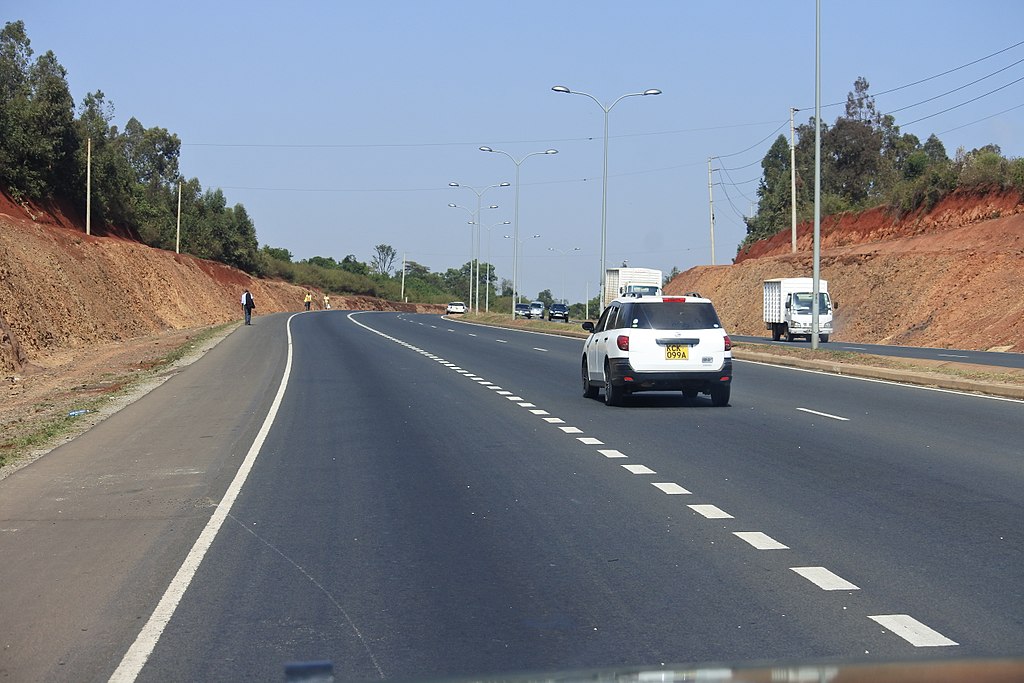Case Study
Accreditation, supporting axle load controls in Kenya
Summary
The Kenya National Highways Authority (KENHA) has collaborated with Kenya Accreditation Service (KENAS) to include accreditation as one of the requirements for inspection bodies providing axle load control in Kenya. The requirement was incorporated in the tendering process for sourcing of inspection bodies to provide services at static and weighing in motion/virtual weighbridges in Kenya, a collaboration that has seen three (3) inspection bodies accredited and enhancement of the inspection and verification activities for the axle load control systems. This aids in avoiding road damages and excessive vehicle operating costs.
Background
Roads are the arteries through which economies thrive by linking markets to producers, workers to jobs, students to school, and sea & air to land. They provide employment and hence make a crucial contribution to economic development and social benefits. This makes roads an important public asset. Roads are built to design specifications such that overweight loads on vehicles using the roads, whether trucks, buses or otherwise, are dangerous from a road safety point of view and cause premature damage to the road infrastructure including bridges. This in turn increases Road Agency costs, such as construction, development, rehabilitation and maintenance, hence the need for regulations on axle load limits.
An overloaded axle is a major problem for road maintenance. It affects all road users in terms of damaged pavement, slower speeds, and higher vehicle operating costs. Today some road contractors refuse to give a guarantee on roads unless assured of adequate axle load limit controls and enforcement. In some countries, weighbridges are considered as toll stations, therefore introducing avenues for corruption and barriers to trade, especially on the main trade corridors. Additionally, investments in road infrastructure have been eroded due to overloading by some unscrupulous operators coupled with inadequacies in overload control systems including lack of standardized load limits, lack of harmonized overload control systems, and inadequate/inappropriate equipment. Thus there is a need for credible axle load detection and control systems.
Accredited vehicle axle load control service provides governments, regulators and authorities with the independent expertise and assurance they need for better management of road operations, maintenance, upgrades and enhancement of road safety, as they apprehend trucks and buses with excessive vehicle axle loads that cause damage to the road infrastructure.
Strategy
The Kenya Traffic Act Cap 403 provides for axle load control. While it was seen as a policing and protection function that falls under the purview of the regulator, it is desired that axle load control systems play a major role in strategic planning for national development as well as sector development (transport, trade, environment and regional integration). It is on this basis that the regulator, the Kenya National Highways Authority (KENHA), provided for outsourcing of weighbridge operations to the private sector, hence embarking on a public/private sector approach to overload control, and specified accreditation in the tender requirements for axle load control service providers. KENAS accredits inspection bodies for axle load control to ISO/IEC 17020:2012 Conformity assessment — Requirements for the operation of various types of bodies performing inspection. The accredited scope covers the range of 3.5 tonnes to 40 tonnes as provided for in the Kenya Traffic Act Cap 403. This allows for accurate load detection through calibrated and verified measurement systems. Requirements are also taken into consideration.
Results and impact
KENAS has accredited three inspection bodies providing independent verification of axle load limit detection and control, thereby enhancing public/private partnerships. The public/private partnership has resulted in introduction of virtual weighbridges, installations of better sensors, CCTV’s and in some instances physical controls, automatic data recording, transmission and analysis. There is an obvious image on effectiveness of control, deterrence, and detection, giving a better indication of avoidance of damage and vehicle operating costs. It is expected that the concerted efforts and checks and balances put in place will enable reduction in potential damage of roads by 38% while achieving better supervision and enforcement, which should translate to a reduction in time, maintenance costs and hence overall transport costs. There is a need to sustain the benefits, indicators drawn to enable calculation of direct economic benefits over time.
Contact
Abraham Wekesa, wekesaa@kenyaaccreditation.org
Susannah Munyiri Ochieng, susan.munyiri@kenyaaccreditation.org






